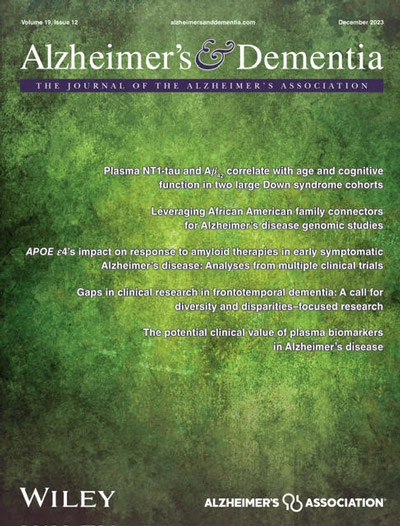Heterogeneous brain abnormalities in subjective cognitive decline converge on a common network and their transcriptional signature
Abstract
INTRODUCTION
Subjective cognitive decline (SCD) is increasingly recognized as closely related to future Alzheimer's disease (AD). Numerous neuroimaging findings in SCD are inconsistent. We tested whether the various findings localize to a common brain network.
METHODS
Using a novel coordinate network mapping approach, we delineated common brain damage networks that were functionally connected to reported neuroimaging findings. We then decoded these common networks using microscale transcriptomic and chemo-architectures and psychological processes.
RESULTS
We enrolled 45 studies comprising 2453 SCD patients and 3017 healthy controls. The identified SCD networks were largely localized in the somatosensory network (SMN) and default mode network (DMN). Both were robust to perturbations of analyzed parameters and in an independent validation dataset. Neurobiology correlation analyses identified some key biological pathways and neurotransmitters linked to these networks.
DISCUSSION
Our findings reconcile heterogeneous neuroimaging abnormalities in SCD and provide a richer neurobiological underpinning, which has implications for understanding patients with SCD.
Highlights
- The heterogeneous neuroimaging findings on SCD were reconciled in a coordinate network mapping framework.
- The SCD-related functional network involves changes in the DMN, while the SCD-related structural network has changes mainly in primary sensory areas.
- The identified genes in the functional network were predominantly enriched in biological processes related to synaptic structure, calcium ion binding, and cellular metabolism.
- An ALE meta-analysis was conducted for comparison.


 求助内容:
求助内容: 应助结果提醒方式:
应助结果提醒方式:


